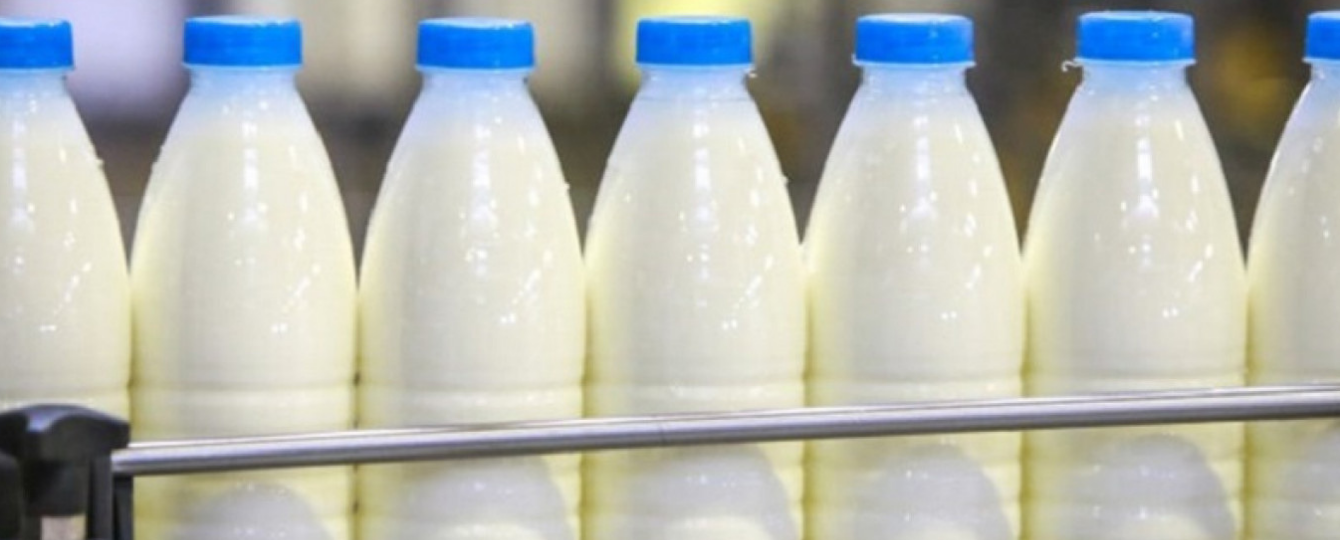To find products made from pure milk in the Armenian dairy market is difficult for the average consumer.
The main reason is that the work of the manufacturer is not trustworthy for consumers. Do the dairy products fully comply with the labeling on the container?
There are currently 144 dairy companies registered in the database of the Food Safety Inspectorate.
The process of dairy production in Armenia is regulated on the basis of the changes in the technical regulations “On Safety of Milk and Milk Products”. According to it, the manufacturer must provide information if the product contains vegetable oils instead of milk fat. The name of the product should also be clear. For example, if vegetable oil is used in the production, it is not permitted to write sour cream on that container.
However, not all companies meet the requirements for product composition and labeling. This is evidenced by the violations revealed by the Food Safety Inspectorate.
Numerous cases of false labeling have also been identified by the Nutrition Risk Assessment Center at the Center for Ecological Noosphere Studies. Meline Beglaryan, head of the expert group at the center, told “Ampop Media” that vegetable oil is used more often instead of milk fat in ice-cream. In this case, vegetable oil should not be used at all as the majority of consumers are children.
Vegetable oil contains saturated fatty acids and impacts on the development of cardiovascular diseases. Beglaryan says that as a rule, the food containing a lot of preservatives, flavorings, like yogurts, are risky. They should be excluded especially from the diet of children.
Trans-fatty acids and antibiotics: in which case are they dangerous?
Milk and milk products naturally contain some trans-fatty acids. They are so small that they cannot cause health problems. However, preferring the cheap raw material, producers add trans-fatty acids, which are produced by the hydrogenation of vegetable oil, that is, they are synthesized artificially. Such products are margarine, spread, mayonnaise, different types of cookies, fast foods, and more.
Trans-fatty acids are not absorbed by the body, dramatically raising cholesterol levels. To avoid this, it is important to make sure that there is no hydrogenated or partially hydrogenated ingredient in the product before buying.
Producers use antibiotics more often to prolong the expiration date of milk and milk products. To minimize their impact on the organism, microbiologist-biotech Inga Bazukyan recalls the golden rule of application: “The antibiotics used in the food industry should never be similar to the compounds used to treat people. The latter, as well as the antibiotics used to treat animals, should be separate groups of compounds.”
If the milk contains antibiotics, it may not scrape. Although Inga Bazukyan tells “Ampop media” that the lactic acid bacteria have already become resistant to antibiotics, and in case of their existence, the milk may scrape.
If boiling milk helps to get rid of microbial contamination, it does not help with antibiotics and heavy metals. No matter how hard we boil the cow’s milk that pastured in the mining zones, the heavy metals contained therein will not disappear.
Which is safe: the factory milk or a farmer’s?
In practice, the dangers encountered in factory milk and milk products are not excluded in the milk produced by the farmer. Eventually, dairy companies acquire raw materials from farmers. For example, the bacteria in the intestinal tract that are frequently found in milk and milk products pass into the milk from cow pat. If the cow’s breasts are not washed properly before milking, the intestinal rubella is passed into milk.
One of the most common diseases in Armenia is brucellosis, which is again transmitted to human body through milk and milk products. In this case, the only source of infection is the sick cow. Inga Bazukyan says brucellosis is particularly vulnerable to products that have not undergone heat treatment or pasteurization. The most dangerous, therefore, is cheese, especially the “chanakh” type.
Brucellosis will be eliminated if the milk is heated to 100-120 Celsius or the cheese is stored in 17% brine for 3 months. Generally, most of the dangerous bacteria in milk are eliminated by boiling it for at least 10 minutes.
The other most common bacterium that passes through dairy products is the golden staphylococcus. In this case, the source of the infection is a sick person. The pathogenic bacteria in milk can pass from sick worker.
Talking about the most common bacteria transmitted through milk and milk products, the microbiologist-biologist notes that in addition to harmful bacteria, milk also contains beneficial bacteria. They sour milk and turn it into yogurt, also contribute to the digestive system, synthesize antioxidants and a number of bactericidal compounds.
Story by Lilit Poghosyan
Infographics by Astghik Gevorgyan
Responsible editor Suren Deheryan
For Armenian original CLICK HERE
© The copyright of stories and visualizations on Ampop.am belongs to “Journalists for the Future” NGO. It is forbidden to use Ampop’s content and images without active hyperlinks to the source website. Uploading of infographics and images of Ampop.am is possible only in case of an agreement reached with JFF.
Փորձագետի կարծիք
First Published: 16/12/2019









